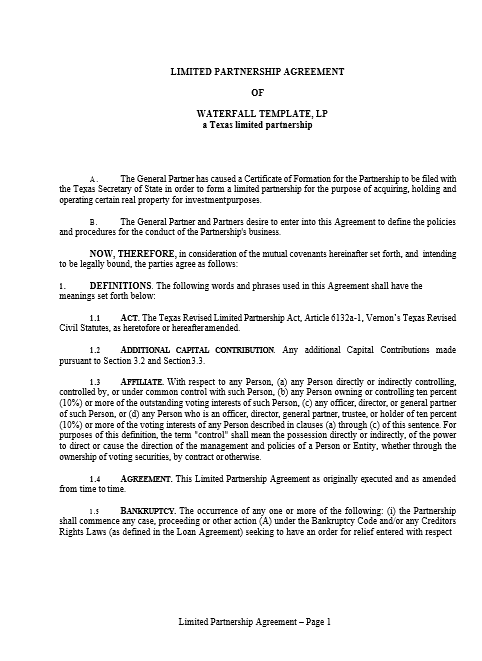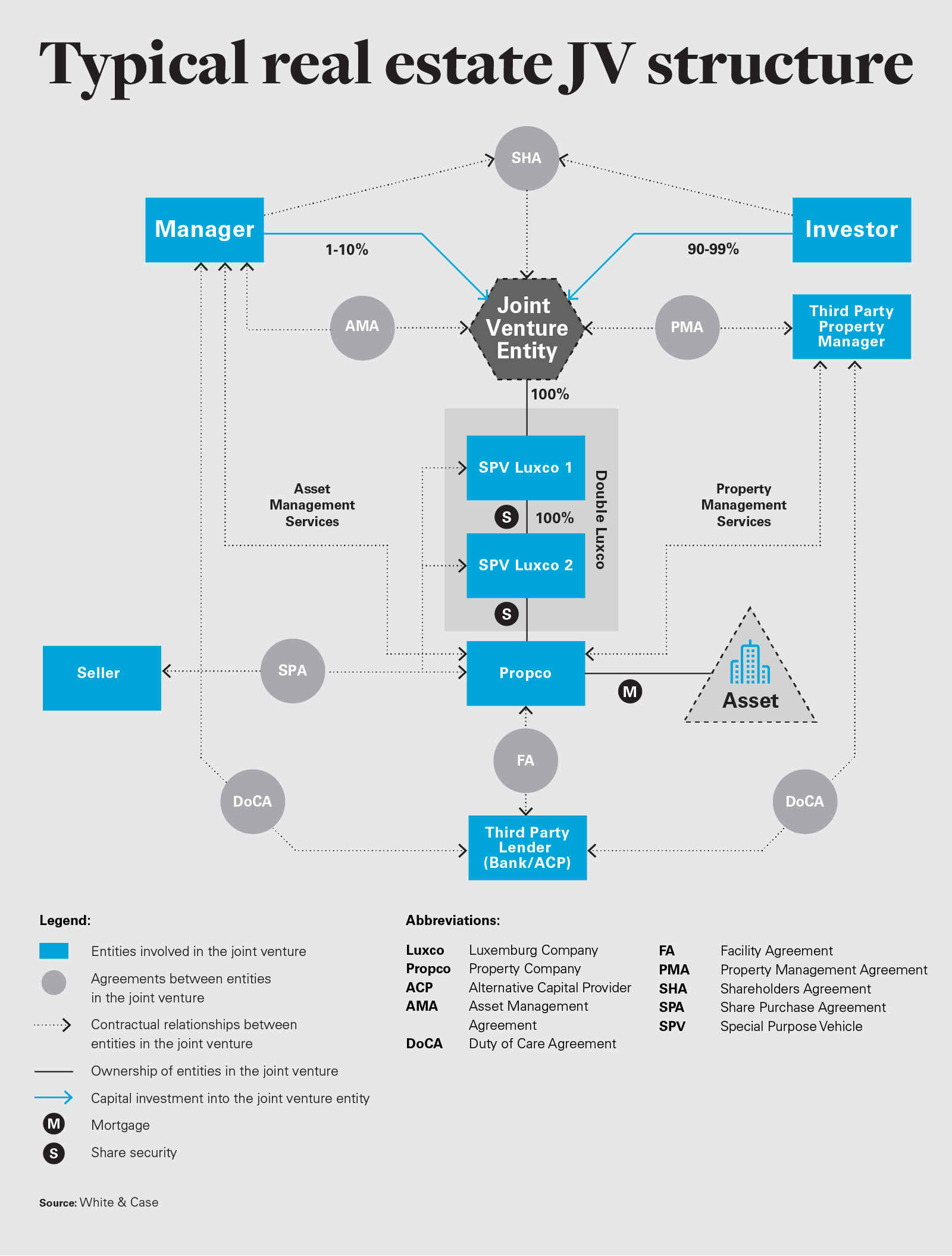

Both profits and losses are shared between the venturers. It can acquire land use rights, construct buildings and also employ foreign employees. The joint venture will be able to import and export products. In most cases, long-term terms are agreed for the cooperation in the range of 30 to 50 years. In this standard case, therefore, an enterprise with its own legal personality is created. If two or more partners with an equity interest join forces to form a legally independent company, this is referred to as an equity joint venture. The main difference is that in an equity joint venturea joint venture is formed, whereas in acontractual joint venture only contractual relationships are entered into. In addition, joint ventures can be divided into the following categories: Conglomerates Joint Venture: Partners come from completely different industriesĪs far as equity participation is concerned, a distinction can be made between theparity joint venture (identical participation ratios, e.g.Concentric joint venture: Partners come from related industries.The following distinctions are also possible: raw material suppliers and finishing companies). A vertical joint venture, on the other hand, exists when the partners come from different stages of the value chain (e.g. Joint ventures can be distinguished both in terms of cooperation orientation and capital participation.įor example, ahorizontal joint venture is considered to exist if the cooperation partners are active in the same sector. Often one partner takes over the business area of the other participating company and thus the sole management. This is reflected in the often limited lifetime of joint ventures. Last but not least, joint ventures are regarded as an unstable construct.


Goals of the partner companies can contradict each other in parts.Reduced capital requirements for the individual partners.Synergies: Savings opportunities and efficiency advantages through joint use of resources.Competitive advantage by bundling know-how and skills.The following table summarizes the individual advantages and disadvantages of a joint venture. This form of cooperation thus holds a certain potential for conflict. However, each partner naturally has different ideas about processes, organizational structures and goals. In the case of cooperation in the form of a joint venture, companies generally pursue the same interests. What are the advantages and disadvantages of a joint venture? Let's take a closer look at the advantages and disadvantages below. They are therefore not always the ideal form of cooperation. However, joint ventures also have weaknesses. This creates competitive advantages and synergy effects. In principle, a joint venture bundles the strengths of the founding companies. Already in the post-war period, US companies in particular took advantage of cooperation with foreign companies to expand their trade borders. Depending on the extent of the cooperation, it even has the potential to influence the development of an entire industry. These can be, for example, the following factors:įor example, a joint venture can open up access to new markets. Furthermore, a joint venture makes sense if the partners have specific resources that can be easily combined. This form of cooperation is most frequently chosen in order to divide the entrepreneurial risk between two or more partners. When is a joint venture a good solution?Ĭompanies decide to set up a joint venture for various reasons. In principle, however, a joint venture is autonomous and not obliged to follow the instructions of the founding partners. In most cases, the level of capital participation at the time of incorporation influences the decision-making authority of the individual partners. This legally independent company is always founded and managed by two or more independent companies. The partners also jointly perceive the management of the company.Ī joint venture may also be described as a joint venture. They jointly bear the financial risk of their investment. In connection with companies, joint venture means a cooperation in which the partners participate with their own capital. In principle, the meaning of the term joint venture is already revealed by a simple translation (joint = joint, venture = risk). On this page you can find out what the term means, when it makes sense to work together in this way and what other details you should know.


 0 kommentar(er)
0 kommentar(er)
